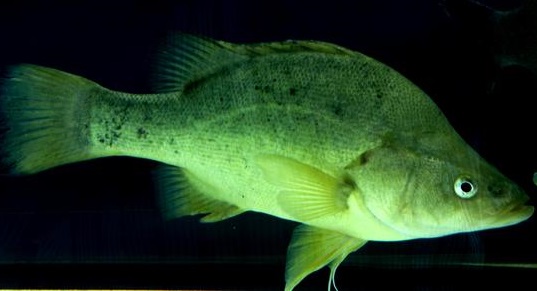 Study Aquaponics and learn to grow fish and crop plants in the same system.
Study Aquaponics and learn to grow fish and crop plants in the same system.
Aquaponic systems fall into two main groups – those that recirculate the water between fish rearing tanks and crop `grow out’ beds and those which simply use the fish waste water for crop production but do not recirculate the water back to the fish tanks. Both are considered `aquaponic’ systems and both are in use commercially for the production of fish and hydroponic plants.